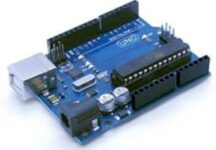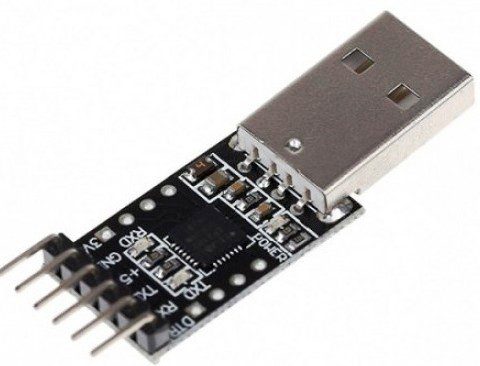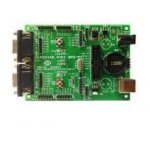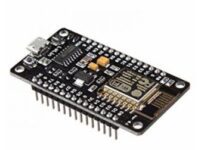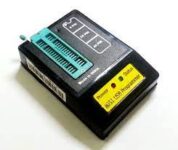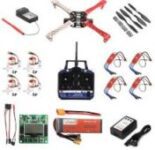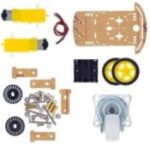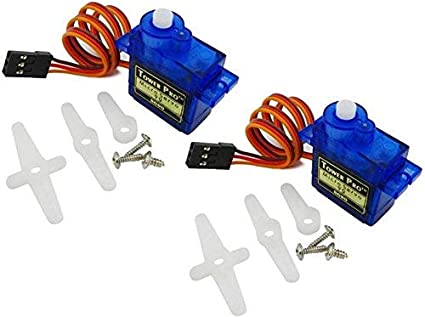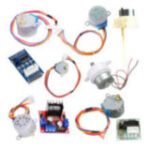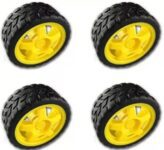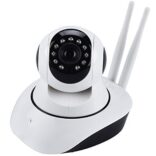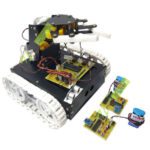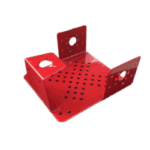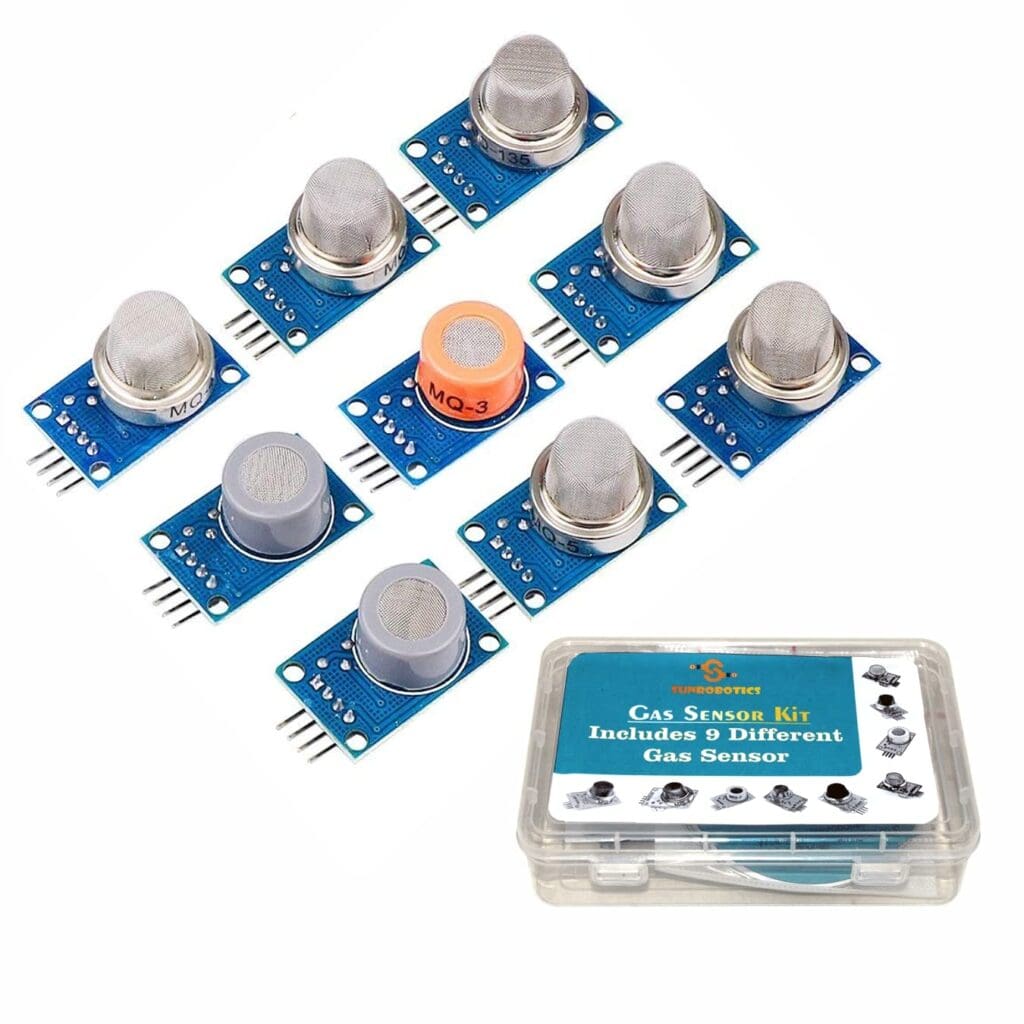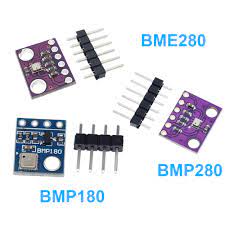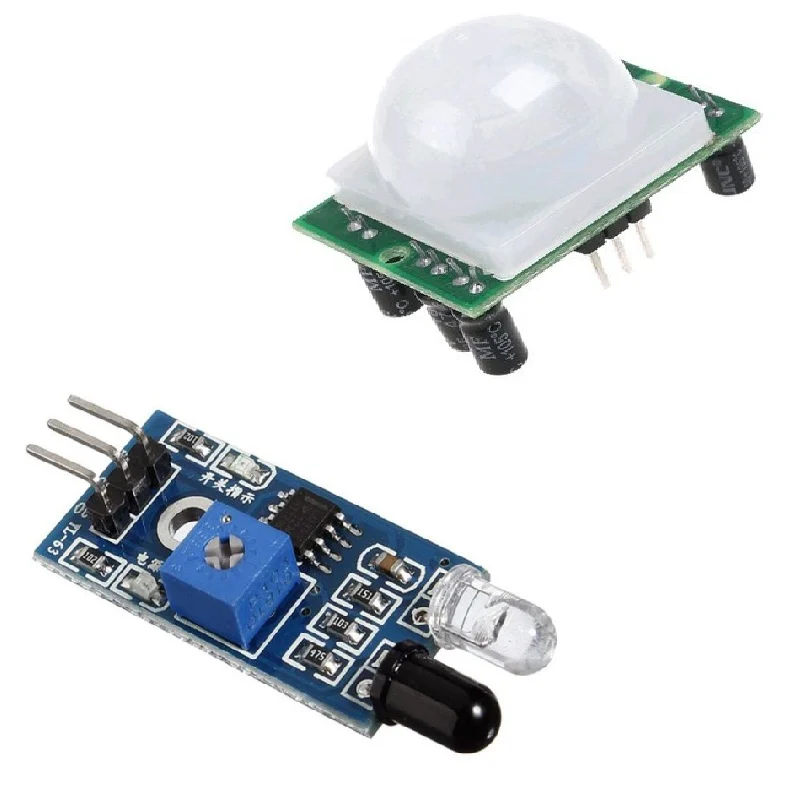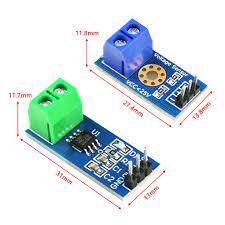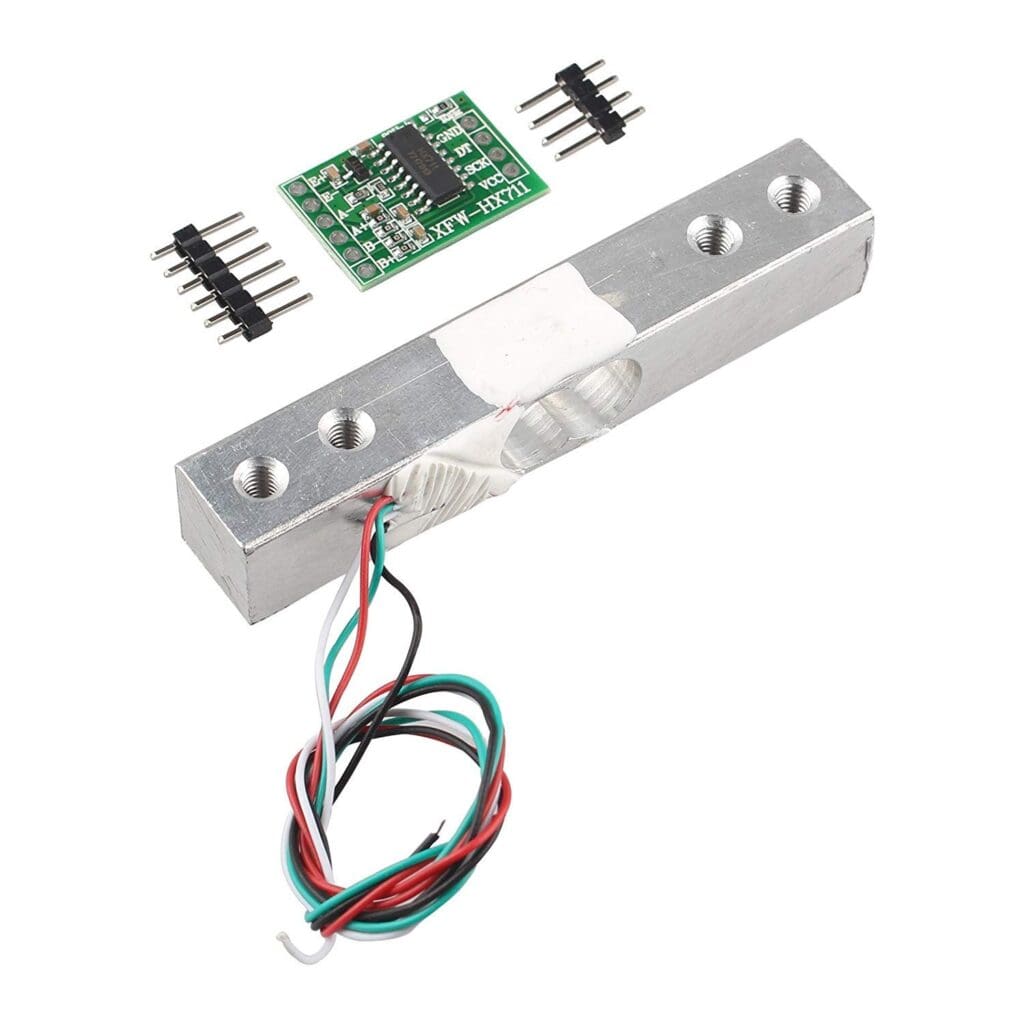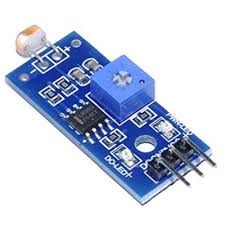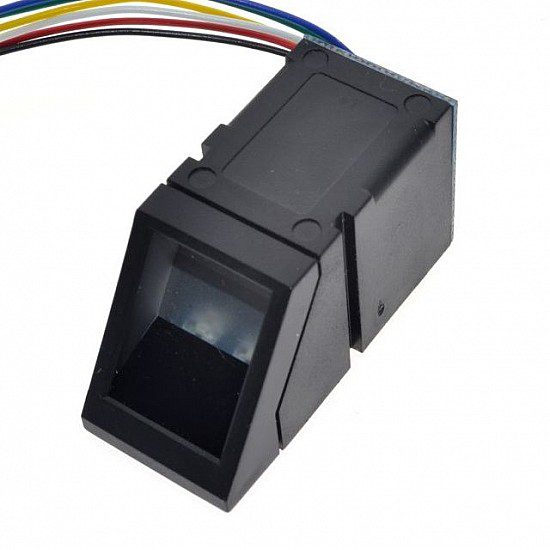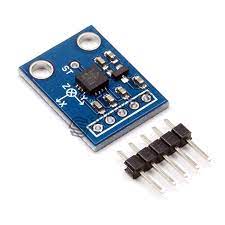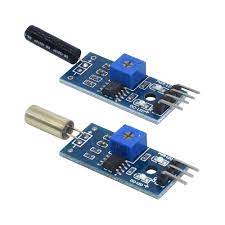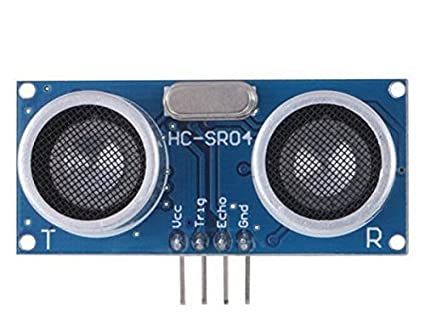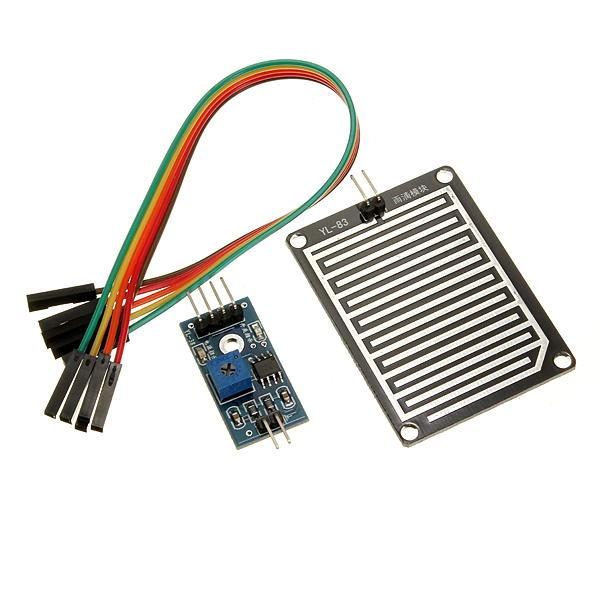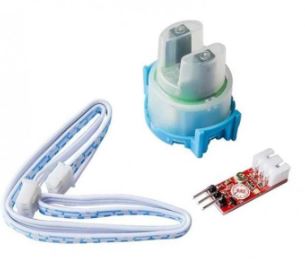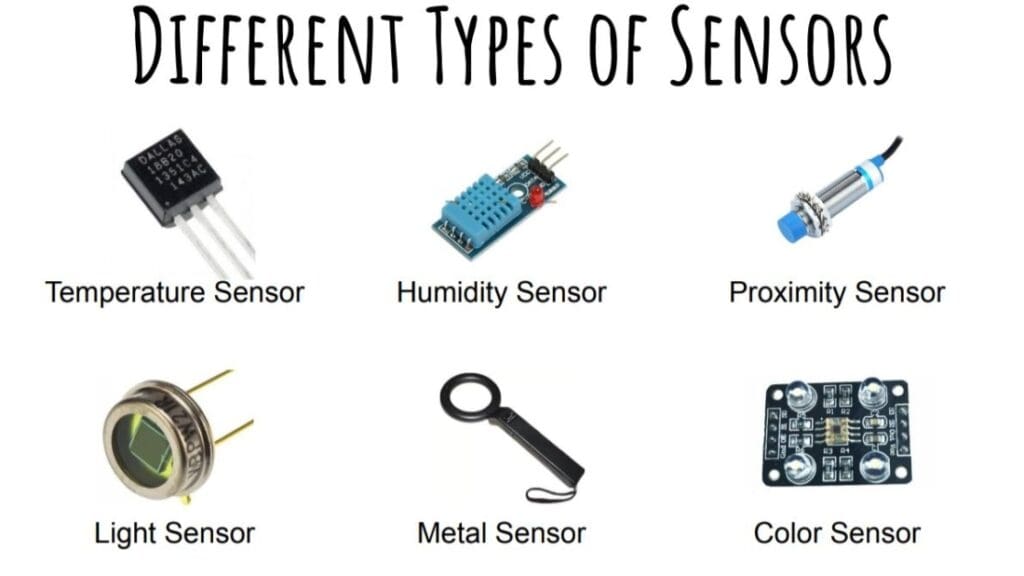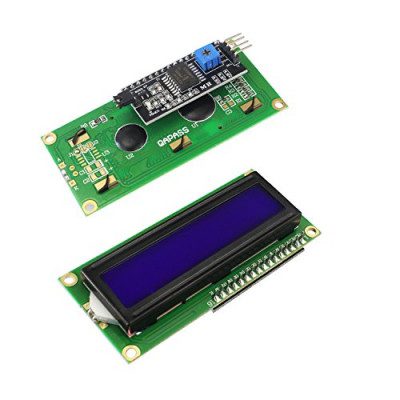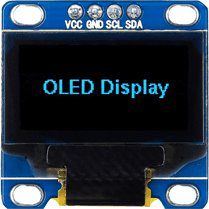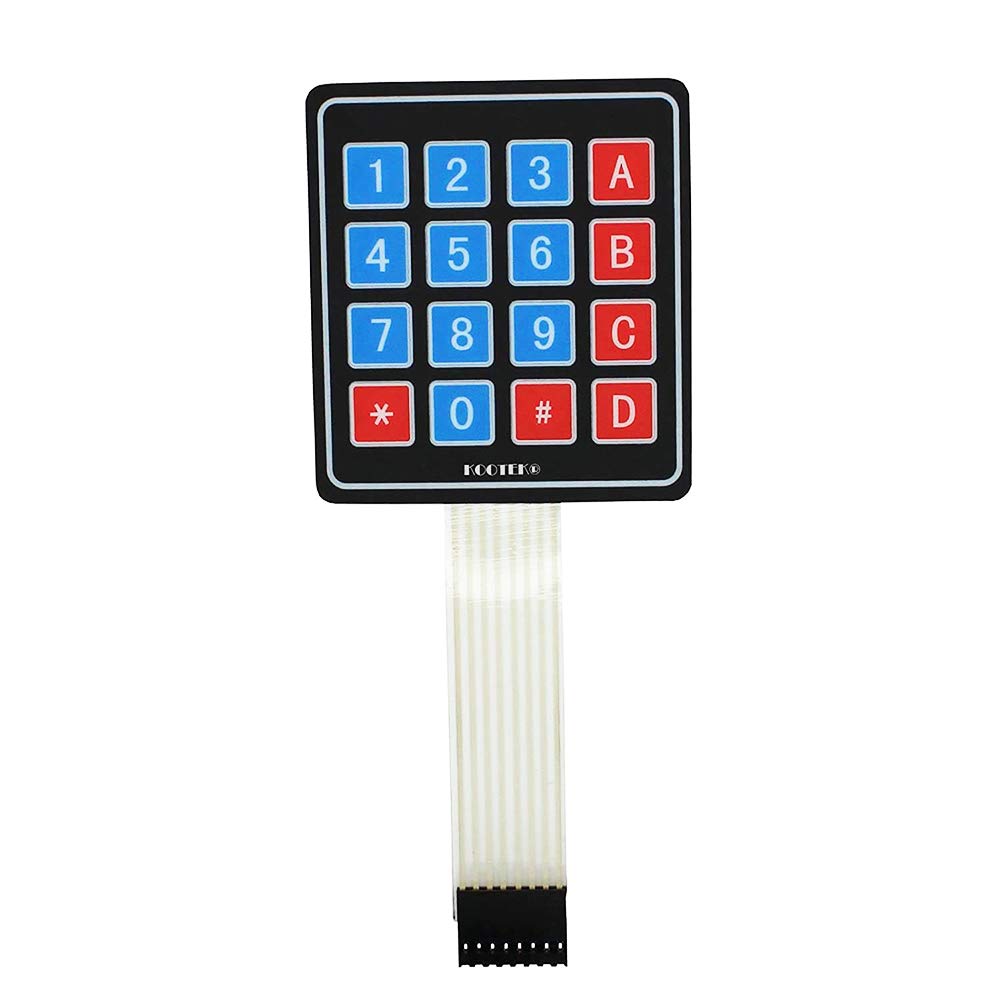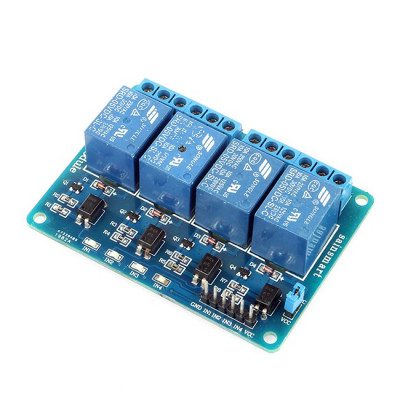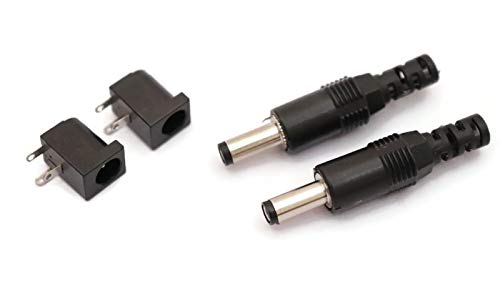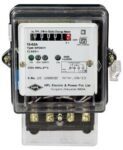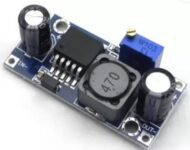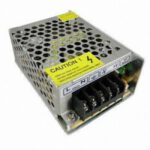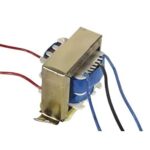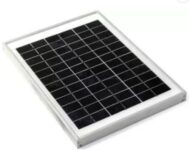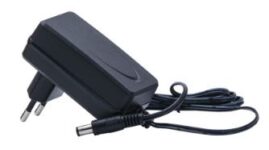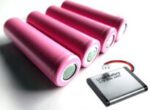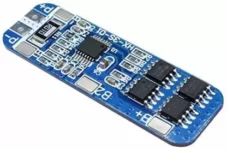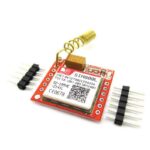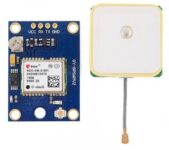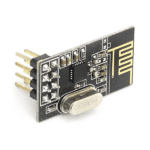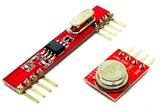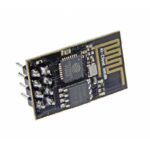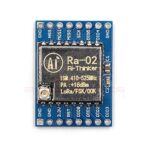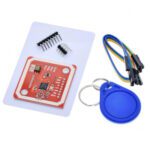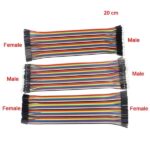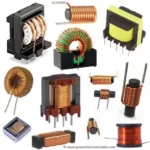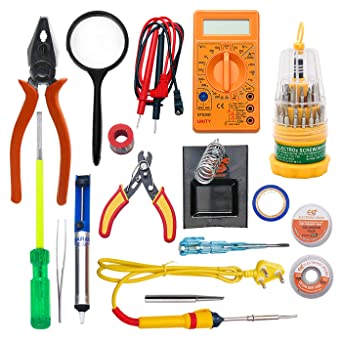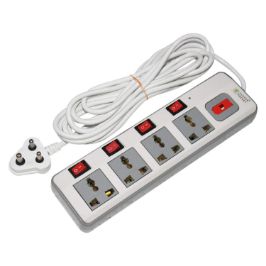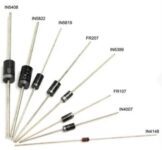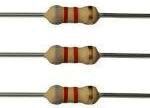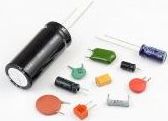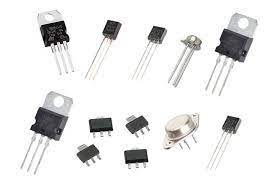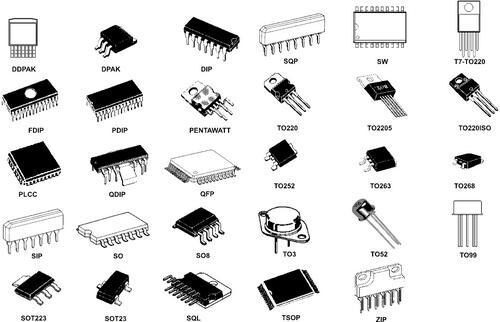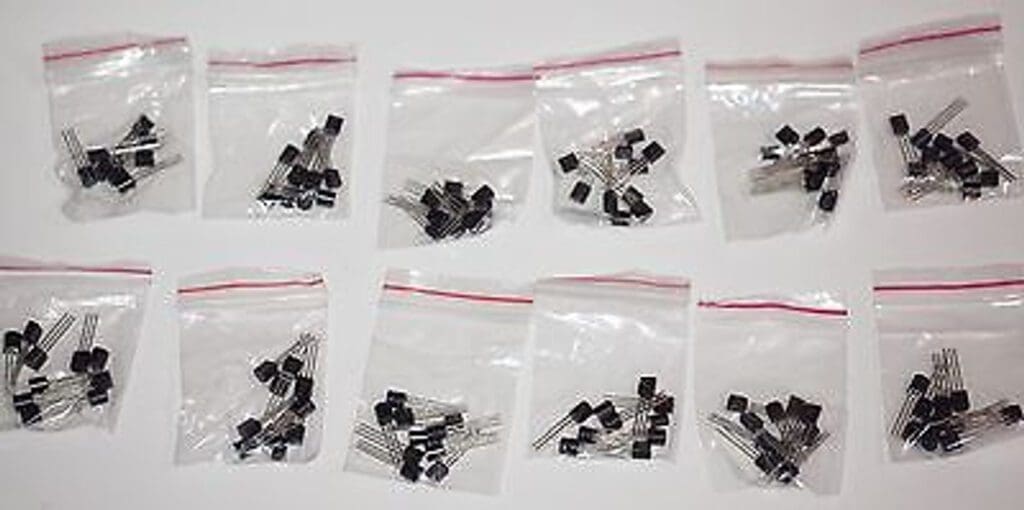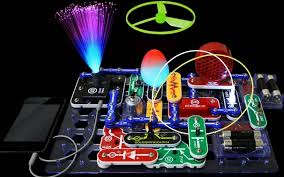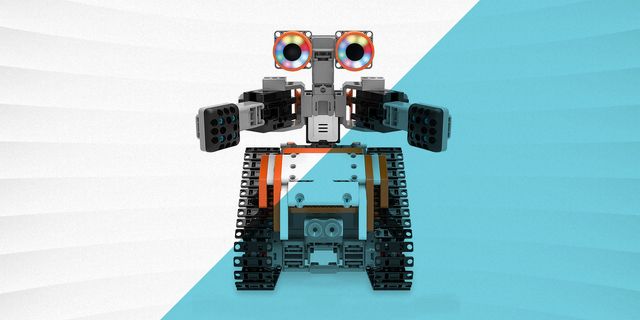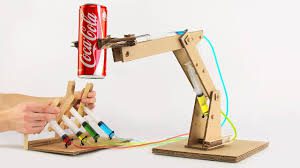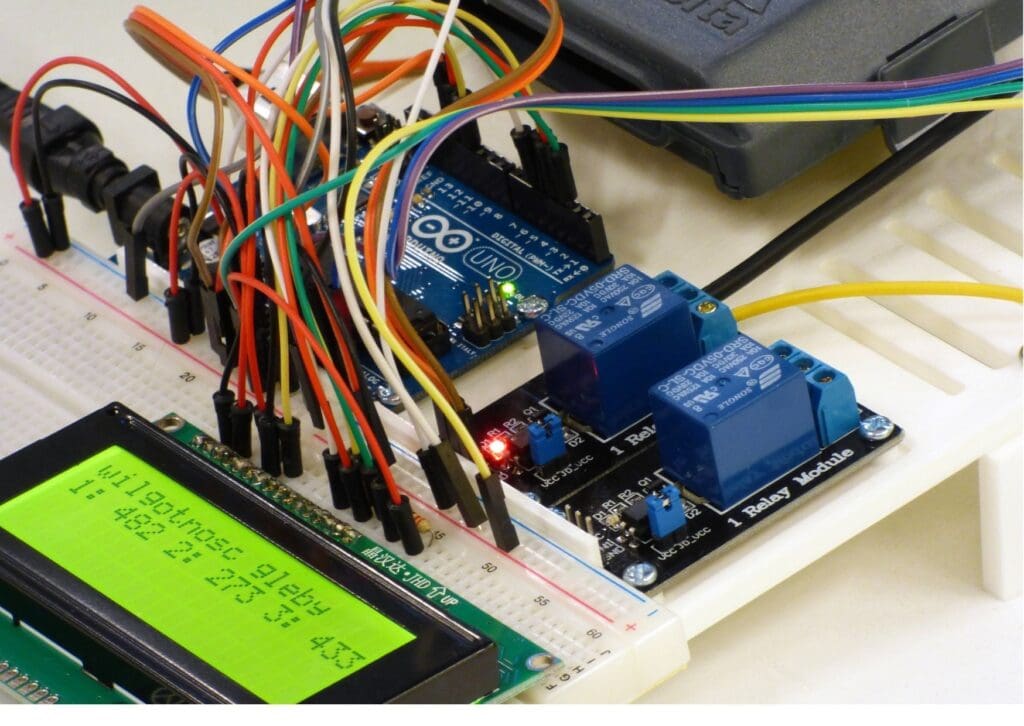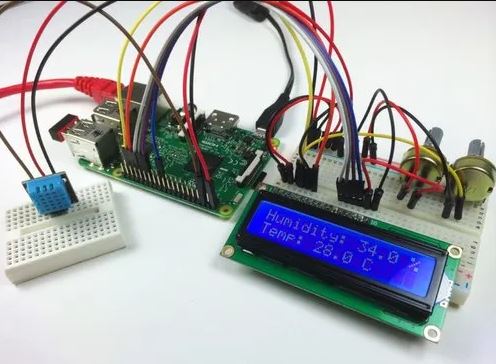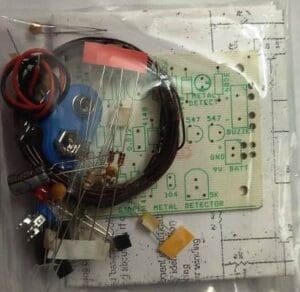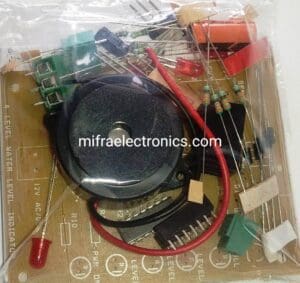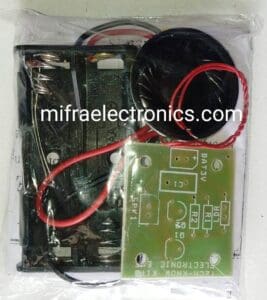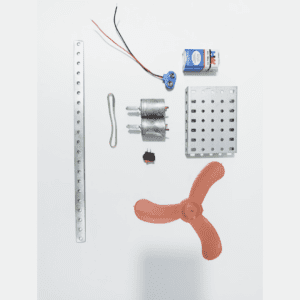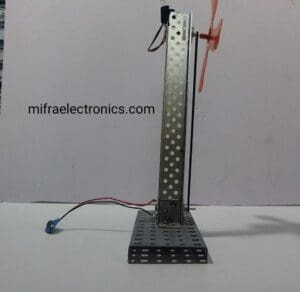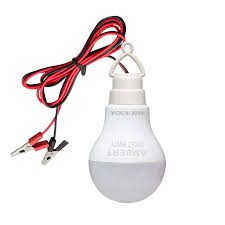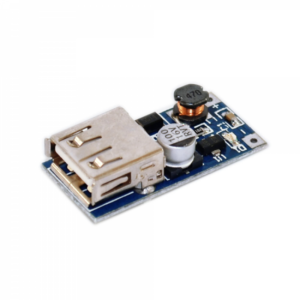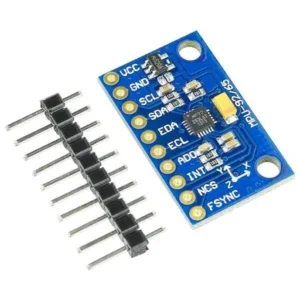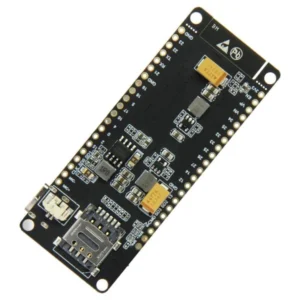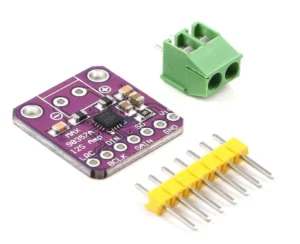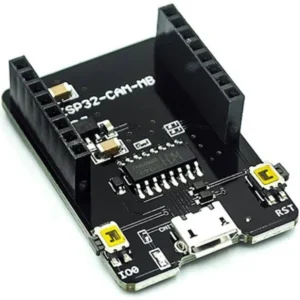Introduction to Circuit Design:
- circuit design is the process of creating electronic circuits to perform specific functions or tasks. These circuits consist of interconnected electronic components, such as resistors, capacitors, inductors, transistors, and integrated circuits (ICs), designed to manipulate electrical signals in desired ways. Circuit design encompasses a broad range of applications, from simple circuits used in everyday electronic devices to complex systems found in computers, communication networks, and industrial equipment.
The process of circuit design involves several key steps:
1. Specification
Identifying the requirements and specifications of the desired circuit is the first step in the design process. This includes defining the input and output signals, performance criteria (such as speed, accuracy, and power consumption), operating conditions, and any constraints or limitations.
2. Schematic Design
Using schematic capture software or pen-and-paper, the circuit designer creates a schematic diagram that represents the components and connections of the circuit. The schematic serves as a visual representation of the circuit’s topology and functionality, allowing the designer to conceptualize and refine the design.
3. Component Selection
Choosing appropriate electronic components is crucial to the success of the circuit design. Factors such as component specifications, availability, cost, and reliability must be considered when selecting resistors, capacitors, transistors, ICs, and other components for the circuit.
4. Simulation and Analysis
Before prototyping the circuit, it is often simulated using circuit simulation software. Simulation helps the designer predict the behavior of the circuit, analyze its performance, and identify potential issues or design flaws. Common simulation techniques include transient analysis, frequency domain analysis, and DC/AC sweep analysis.
5. Prototyping and Testing
Once the design is simulated and validated, a prototype of the circuit is constructed for testing. This may involve soldering components onto a printed circuit board (PCB) or using breadboards for temporary connections. Testing involves measuring electrical signals, verifying performance against specifications, and troubleshooting any issues that arise.
6. Refinement and Optimization
Iterative refinement and optimization are often necessary to improve the performance, efficiency, or reliability of the circuit design. This may involve adjusting component values, optimizing layout and routing on the PCB, or implementing advanced techniques such as feedback control or noise reduction.
7. Documentation and Production
Finally, the completed circuit design is documented in detail, including schematics, bill of materials (BOM), layout files, and design notes. This documentation is essential for manufacturing, assembly, and maintenance of the circuit. Depending on the application, the circuit design may be produced in small quantities for prototyping or mass-produced for commercial deployment.
- In summary, circuit design is a multi-faceted process that requires creativity, technical expertise, and attention to detail. Whether designing simple circuits for hobby projects or complex systems for commercial applications, circuit designers play a critical role in advancing technology and innovation in the field of electronics.
Projects Categories:
Products Categories:
- Robotics
- Actuators
- Camera Modules
- Drone Kits
- Drone Components
- Chassis
- DC Motors
- Other Robotic accessories
- Pick and Place Modules
- Robotic Kit
- Servo Motors
- Stepper Motors
- Wheels
- Microcontrollers & Programmers
- 8051 Microcontroller
- Arduino Microcontroller
- ARM Development Board
- Interface Module
- NODMCU / ESP Modules
- PIC Microcontroller
- Raspberry Pi
- Devices and Actuators
- Display Modules
- Sensors & Module
- Power Supply / Batteries
- Wireless modules
- Electronic Components
- Wholesale Market
Steps to fallow in Circuit Design
- Creating a circuit design can be broken down into several steps:
1. Understand the Goal
Start by understanding what you want your circuit to do. What problem does it solve? What should it accomplish?
2. Plan Your Design
Sketch out a basic idea of how your circuit will look. Think about what components you’ll need and how they’ll connect together.
3. Choose Components
Select the electronic parts you need for your circuit. Keep it simple in the beginning; start with basic components like resistors, capacitors, LEDs, and switches.
4. Build a Schematic
Draw a simple diagram, called a schematic, that shows how all your components will be connected. You can do this on paper or using online tools.
5. Test Your Design
Once you have your schematic, build a prototype of your circuit. You can use a breadboard to connect your components temporarily.
6. Experiment and Learn
Test your circuit to see if it works as expected. If it doesn’t, don’t worry! This is a learning process. Try to understand why it didn’t work and make adjustments accordingly.
7. Document Your Design
Once you’re happy with your circuit, document it by writing down the components you used and how they’re connected. This will help you remember and share your design with others.
8. Keep Practicing
Circuit design takes practice, so don’t get discouraged if things don’t work perfectly the first time. Keep experimenting and learning from your mistakes.
- By following these steps, beginners can start creating their own simple circuits and gain valuable experience in circuit design.

How Circuit Works
- Circuit design is the process of creating electronic circuits to perform specific functions or tasks. Here’s an overview of how circuit design works:
1. Understanding Requirements
The first step in circuit design is to understand the requirements and specifications of the desired circuit. This involves identifying the purpose of the circuit, the input and output signals it will process, performance criteria (such as speed, accuracy, and power consumption), operating conditions, and any constraints or limitations.
2. Conceptualization
Once the requirements are understood, the circuit designer conceptualizes the overall architecture and functionality of the circuit. This involves visualizing how individual components will interact and contribute to achieving the desired outcome.
3. Schematic Design
The next step is to create a schematic diagram that represents the components and connections of the circuit. This schematic serves as a visual blueprint of the circuit’s topology and functionality. It shows how components are connected together and how signals flow through the circuit.
4. Component Selection
With the schematic in place, the circuit designer selects appropriate electronic components for the circuit. This involves choosing components such as resistors, capacitors, inductors, transistors, and integrated circuits (ICs) based on their specifications, availability, cost, and reliability.
5. Simulation and Analysis
Before prototyping the circuit, it is often simulated using circuit simulation software. Simulation helps the designer predict the behavior of the circuit, analyze its performance, and identify potential issues or design flaws. Common simulation techniques include transient analysis, frequency domain analysis, and DC/AC sweep analysis.
6. Prototyping and Testing
Once the design is simulated and validated, a physical prototype of the circuit is constructed for testing. This may involve soldering components onto a printed circuit board (PCB) or using breadboards for temporary connections. Testing involves measuring electrical signals, verifying performance against specifications, and troubleshooting any issues that arise.
7. Refinement and Optimization
After testing, the circuit design may undergo iterative refinement and optimization to improve performance, efficiency, or reliability. This may involve adjusting component values, optimizing layout and routing on the PCB, or implementing advanced techniques such as feedback control or noise reduction.
8. Documentation and Production
Finally, the completed circuit design is documented in detail, including schematics, bill of materials (BOM), layout files, and design notes. This documentation is essential for manufacturing, assembly, and maintenance of the circuit. Depending on the application, the circuit design may be produced in small quantities for prototyping or mass-produced for commercial deployment.
- By following these steps, circuit designers can create high-quality circuit designs that meet specifications, perform reliably, and contribute to the advancement of electronic technology.

Steps to Create the PCB
Creating your first PCB (Printed Circuit Board) can be an exciting and rewarding experience. Here’s a step by step guide for beginners:
1. Design Your Circuit
Start by designing your circuit schematic using schematic capture software such as KiCad, Eagle, or EasyEDA. Lay out the components and connections, ensuring they match your circuit design.
2. Transfer Schematic to PCB Layout
Once you have your circuit schematic, transfer it to a PCB layout software. These programs allow you to arrange components on a virtual board and route connections between them. Place components strategically to minimize signal interference and optimize space.
3. Route Traces
Route traces (conducting pathways) between components to establish electrical connections. Use the routing tools in your PCB layout software to create traces while adhering to design rules such as minimum trace width, clearance, and impedance requirements.
4. Add Power and Ground Planes
Include power and ground planes in your PCB design to provide stable voltage and minimize noise. Power planes distribute power throughout the board, while ground planes provide a low-resistance path for returning currents.
5. Check Design Rules and Constraints
Before finalizing your PCB design, run design rule checks (DRC) to ensure it complies with manufacturing constraints such as minimum trace width, clearance, and via sizes. Resolve any design rule violations before proceeding.
6. Generate Gerber Files
Once your PCB design is complete, generate Gerber files. These files contain information about the PCB layout, including copper traces, solder mask, and silkscreen layers. Most PCB layout software packages have built-in tools for generating Gerber files.
7. Order PCB Fabrication
Upload your Gerber files to a PCB fabrication service such as JLCPCB, PCBWay, or OSH Park. Choose your desired PCB specifications, including board size, thickness, material, and surface finish. Place your order and wait for the fabrication process to complete.
8. Inspect and Assemble
- Once you receive your fabricated PCBs, inspect them for any manufacturing defects or errors. Check for proper alignment of components, solder mask coverage, and solderability of pads. If everything looks good, proceed to assemble your PCB by soldering components onto the board.
9. Test Your Circuit
- After assembling your PCB, test it to ensure it functions as intended. Use a multimeter or oscilloscope to verify electrical connections, measure voltages, and troubleshoot any issues that may arise. Make any necessary adjustments or modifications to the circuit design if needed.
10. Iterate and Improve
- Don’t be discouraged if your first PCB design doesn’t work perfectly. PCB design is a learning process, and it often takes several iterations to achieve optimal results. Take note of any lessons learned and use them to improve future designs.
- By following these steps, beginners can create their first PCB and gain valuable experience in PCB design and fabrication. Remember to take your time, double-check your work, and don’t hesitate to seek guidance or assistance from online resources or experienced hobbyists if needed.
Uses And Applications
- Circuit design has a wide range of uses and applications across various industries. Here are some common uses and applications of circuit design:
1. Consumer Electronics
Circuit design is essential for creating consumer electronics such as smartphones, tablets, laptops, TVs, and home appliances. These devices rely on intricate electronic circuits to perform functions like signal processing, power management, display control, and user interface interaction.
2. Industrial Automation
In industrial automation, circuit design is used to create control systems, motor drives, sensors, and actuators for manufacturing processes, robotics, and factory automation. These circuits enable precise control and monitoring of machinery, improving efficiency, productivity, and safety in industrial environments.
3. Medical Devices
Circuit design plays a crucial role in the development of medical devices such as patient monitors, imaging equipment, infusion pumps, and diagnostic devices. These circuits facilitate accurate measurement, monitoring, and treatment of medical conditions, enhancing patient care and improving health outcomes.
4. Communications Systems
Circuit design is vital for creating communication systems such as telecommunication networks, radio transceivers, satellite communication systems, and wireless routers. These circuits enable data transmission, reception, modulation, demodulation, and signal processing for voice, video, and data communication.
5. Automotive Electronics
In the automotive industry, circuit design is used to create electronic systems for engine control, vehicle diagnostics, infotainment, navigation, safety features, and autonomous driving. These circuits enable advanced functionalities such as fuel injection, anti-lock braking, collision avoidance, and adaptive cruise control.
6. Renewable Energy Systems Circuit design is essential for renewable energy systems such as solar photovoltaic (PV) arrays, wind turbines, and energy storage systems. These circuits convert, regulate, and store renewable energy sources such as solar and wind power, enabling their integration into the electrical grid and off-grid applications.
7. Aerospace and Defense
Circuit design is critical for aerospace and defense applications such as avionics, radar systems, navigation equipment, communication systems, and missile guidance systems. These circuits must meet stringent requirements for reliability, durability, and performance in harsh environments.
8. IoT and Embedded Systems
Circuit design is central to the development of Internet of Things (IoT) devices, embedded systems, and smart sensors. These circuits enable connectivity, sensing, data processing, and control in a wide range of applications, including smart homes, wearable devices, industrial monitoring, and environmental sensing.
9. Educational and Hobbyist Projects
Circuit design is a popular activity for educational purposes and hobbyist projects. Students and enthusiasts use circuit design to learn about electronics, experiment with different components and configurations, and create their own electronic gadgets, robots, and automation systems.
- Overall, circuit design is a foundational skill that underpins technological innovation and advancement in numerous fields, from consumer electronics and healthcare to transportation and energy. Its applications are diverse and far-reaching, contributing to the development of solutions that improve quality of life, drive economic growth, and address global challenges.
Conclusion
In conclusion, circuit design is a fundamental aspect of electronics engineering that underpins the development of virtually all electronic devices and systems. Through the careful selection and arrangement of electronic components, circuit designers create circuits that perform specific functions, ranging from simple signal processing tasks to complex control systems.
The importance of circuit design extends across a wide range of industries and applications, including consumer electronics, industrial automation, medical devices, communications systems, automotive electronics, renewable energy systems, aerospace and defense, IoT, and educational/hobbyist projects. In each of these domains, circuit design plays a critical role in enabling technological innovation, improving efficiency, enhancing functionality, and addressing societal needs.
The process of circuit design involves understanding requirements, conceptualizing circuit architectures, creating schematics, selecting components, simulating and analyzing circuit behavior, prototyping, testing, and refining designs. It requires a combination of technical knowledge, creativity, problem-solving skills, and attention to detail.
As technology continues to advance, circuit design will remain at the forefront of innovation, driving the development of next-generation electronic devices and systems. Whether it’s designing circuits for cutting-edge IoT devices, autonomous vehicles, renewable energy systems, or biomedical devices, circuit designers play a vital role in shaping the future of technology and improving quality of life for people around the world.
In essence, circuit design represents the intersection of science, engineering, and creativity, where ideas are transformed into tangible solutions that impact the way we live, work, communicate, and interact with the world. As such, it continues to be a dynamic and exciting field that offers endless opportunities for exploration, discovery, and innovation.
For additional blog content, to explore further insights and articles. Click here
433MHz RF Module Works &
Working 433MHz RF Module Works & Interfacing With Arduino Introduction Wireless communication has become an...
Read MoreVoice Recognition Technology
Voice Recognition Technology Introduction Voice recognition technology, a groundbreaking innovation in the realm of electronics,...
Read MoreHow to attach heat sink
How to attach heat sink to raspberry pi 4 INTRODUCTION Attaching a heat sink to...
Read MoreUnderstanding Integrated Circuit And Microchips
Understanding Integrated Circuit And Microchips Introduction Integrated circuits (ICs), often referred to as microchips, are...
Read More


